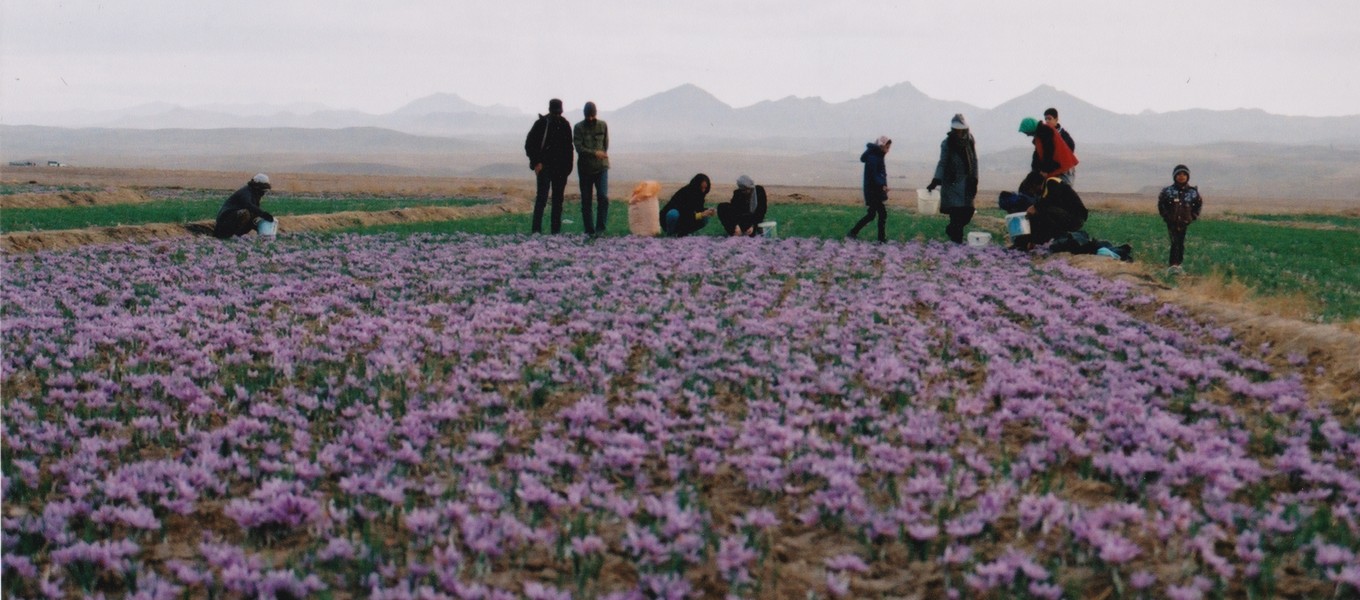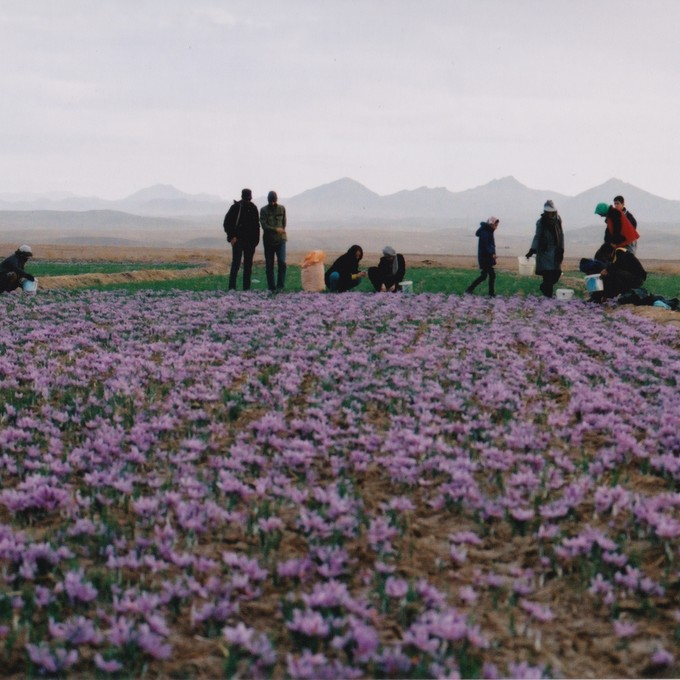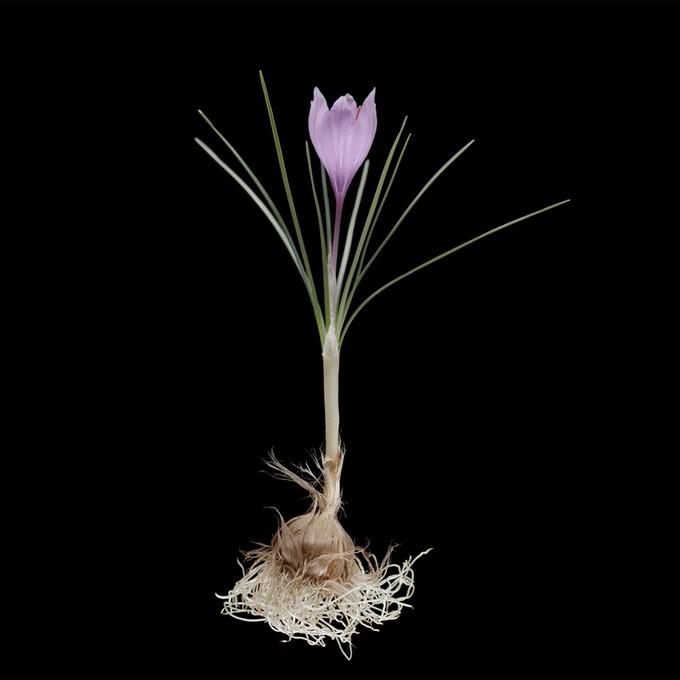Guillaume Barth
Crocus sativus, fleur du bonheur - Installation - 2021
présentée dans le cadre de l'exposition Panorama 23



Installation
“In his installation Crocus sativus, fleur du bonheur, Guillaume Barth pays homage to the saffron flower by capturing the moment of its birth. The artist invented a rotating plate system for time-lapse photography so as to reveal the rotating movement of the flower, like the dance of the dervishes for which it is a metaphor. It opens under the full moon and blooms for 24 hours, which is the duration of its life. A video projects this actual size in the middle of a levitating circle with a diameter of four metres. Visitors are invited to stand on a rug whose motif recalls the spiralling form of the petals. There they hear a melody inspired by the root sounds of Sufi tradition, composed by Mirtohid Radfar. The three phases in this music sing the rising of the saffron flower from its bulb, the exaltation of its opening, and then a gentle settling. It sets forth the present moment. There are three circles: the rotating movement of the flower, the circle of the carpet and, above all, the undulating field of the music spinning around us and within us. This multicultural work offers a space of resilience. Known since time immemorial, saffron is a powerful natural anxiolytic associated with joy, luck and regeneration.
Jeanette Zwingenberger teaches at Paris 1 Panthéon-Sorbonne She is an art historian and curator of exhibitions working internationally.
Guillaume Barth
“My ideas are constructed out of different places and have original forms that seem to set them apart from each other, but looking more closely, their invisible elements come together in one ensemble.”
Guillaume Barth was born in Colmar in 1985. He lives and works in Sélestat. Having graduated from the École Supérieure des Arts Décoratifs in Strasbourg (Art major) in 2012, he is now continuing his researches at Le Fresnoy - Studio National des Arts Contemporains. The video Le Deuxième Monde Elina (2015) will be shown in spring 2021 juxtaposed with a famous Aztec sculpture, in collaboration with the Musée du Quai-Branly and the Fondation François Schneider. The installation L’Œil de Simorgh has been acquired by the Musée d’Art Moderne et Contemporain in Strasbourg and is on show as of June 2021. The trees of Baumschule 2016 will be planted with children in the forest of Sélestat – the artist’s home town – in November 2021. They constitute the idea behind Nouvelle Forêt.
